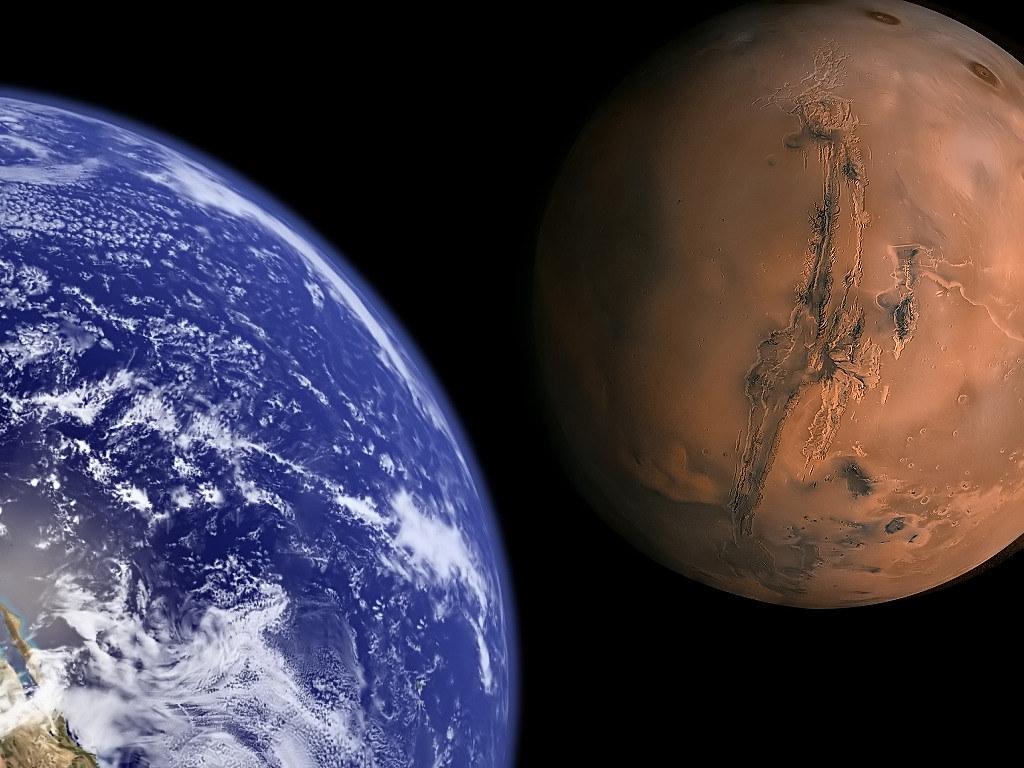Geologists estimate that Earth is about 4.6 billion-years-old. Complex living things with hard body parts didn’t appear on Earth until about six hundred million years ago. The oldest fossil of an organism with many cells is about a billion years old. Before that, paleontologists have found only fossil traces of one-celled microbes. Many lines of evidence tell us that microbial life existed on Earth at least back to the Paleoarchean Era, between 3.6 and 3.2 billion years ago, though little is known about these ancient microbes.
In 2021 a team of European paleontologists reported an important discovery. They were studying a rock formation in South Africa that formed from seafloor sediments about 3.4 billion years ago. The researchers discovered microscopic filaments in samples of the rock. Chemical tests confirmed that the filaments contained organic remains and were microbial fossils.
Evidence in the rocks showed that the fossil organisms inhabited a hydrothermal vent system. Hydrothermal vents are places where warm, volcanically-heated water wells up from the seafloor. Modern hydrothermal vents are rich in life, because the upwelling water is rich in chemical nutrients.
Nickel compounds found in the fossils told the researchers that the organisms were probably like methane-producing archaea that inhabit modern hydrothermal vents.
Archaea are simple organisms, with important differences from bacteria in their genes and metabolic pathways. The fossils are the oldest examples of methane-producing archaea ever found. Methane is a heat-trapping greenhouse gas, which may have helped warm the early Earth. Since there is evidence that hydrothermal environments once also existed on Mars, the finding is a clue about how to look for past Martian life.










